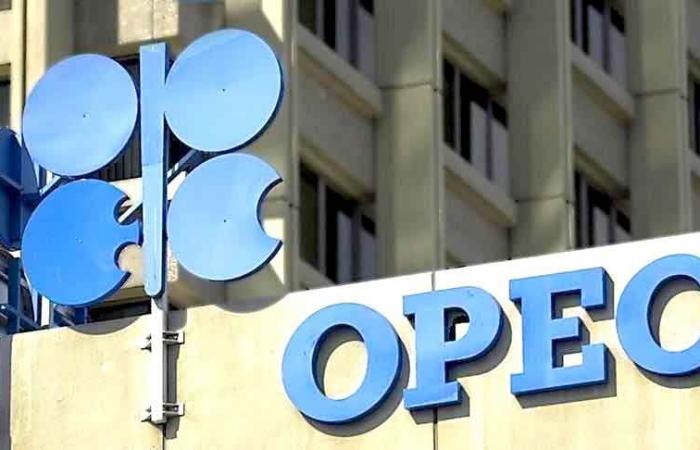OPEC says consumption will be supported in 2024 by strong demand for transportation fuels and continued healthy economic growth.
The Organization of the Petroleum Exporting Countries (OPEC) yesterday revised its forecasts for growth in global oil demand in 2024 slightly downwards. It also lowered its projections for next year. According to OPEC, global oil demand would increase by 1.82 million barrels (mb/d) in 2024, compared to growth of 1.93 mb/d forecast last month.
The organization also reduced its estimate for global demand growth for 2025 to 1.54 mb/d from 1.64 mb/d. The world will thus consume 104.03 million barrels per day (mb/day) in 2024, after 102.21 in 2023, indicates OPEC in its report. For 2025, OPEC forecasts global consumption of 105.57 mb/d.
In its previous estimate in October, OPEC forecast global consumption of 104.14 mb/day and 105.78 mb/day next year. The forecasts for 2024 are revised slightly downwards by 107,000 barrels per day compared to the previous month’s assessment, to reach a “satisfactory level” of growth of 1.8 mb/d compared to 2023. Growth mainly driven by non-OECD countries, for nearly 1.7 mb/d, primarily in China, but also in the Middle East, India and Latin America.
OPEC also maintains that consumption will be supported in 2024 “by strong demand for transport fuels and continued healthy economic growth, particularly in a number of non-OECD countries. Likewise, the increase in refining capacities and petrochemical margins – mainly in China and the Middle East – should contribute to the growth in oil demand,” notes OPEC.
From a supply perspective, crude oil production from OPEC and its allies increased by 0.21 mb/d in October month-on-month, averaging around 40.34 mb/d (after a drop of 0.56 mb/d in September and an average of 40.10 mb/d), according to OPEC.
In Russia, crude oil production increased slightly in October by 9,000 bpd to around 9.01 bpd, according to OPEC, which cites data from secondary sources, such as consulting firms. This figure is slightly higher than the quota agreed by the OPEC+ group of major oil producers, which includes OPEC and its allies such as Russia.
Under OPEC+ agreements and voluntary cuts, Russia’s monthly quota stands at 8.98 million bpd. Along with the release of the report, on the sidelines of the COP29 summit, Darren Woods, CEO of Exxon Mobil, indicated yesterday that global demand for oil is at its highest level, despite tensions in the Middle East. In this context, oil continues to trade below $73 per barrel even though prices recovered yesterday.
Around 11:20 a.m., the price of a barrel of Brent from the North Sea, for delivery in January, rose 0.78% to $72.39. Its American equivalent, a barrel of West Texas Intermediate (WTI), for delivery in December, gained 0.81%, to $68.59. Investors are “closely watching evolving tensions” in the Middle East, analysts say. But “persistent concern about the weakness of Chinese demand for crude oil” limits the rise in black gold prices, they explain.
China, the world’s largest oil importer, is struggling with a laborious post-Covid recovery, weighed down by sluggish consumption and a severe real estate crisis, and the slowdown in its economic activity has been weighing down oil prices for several months.






